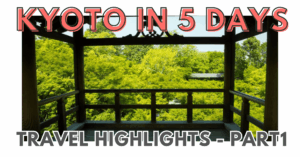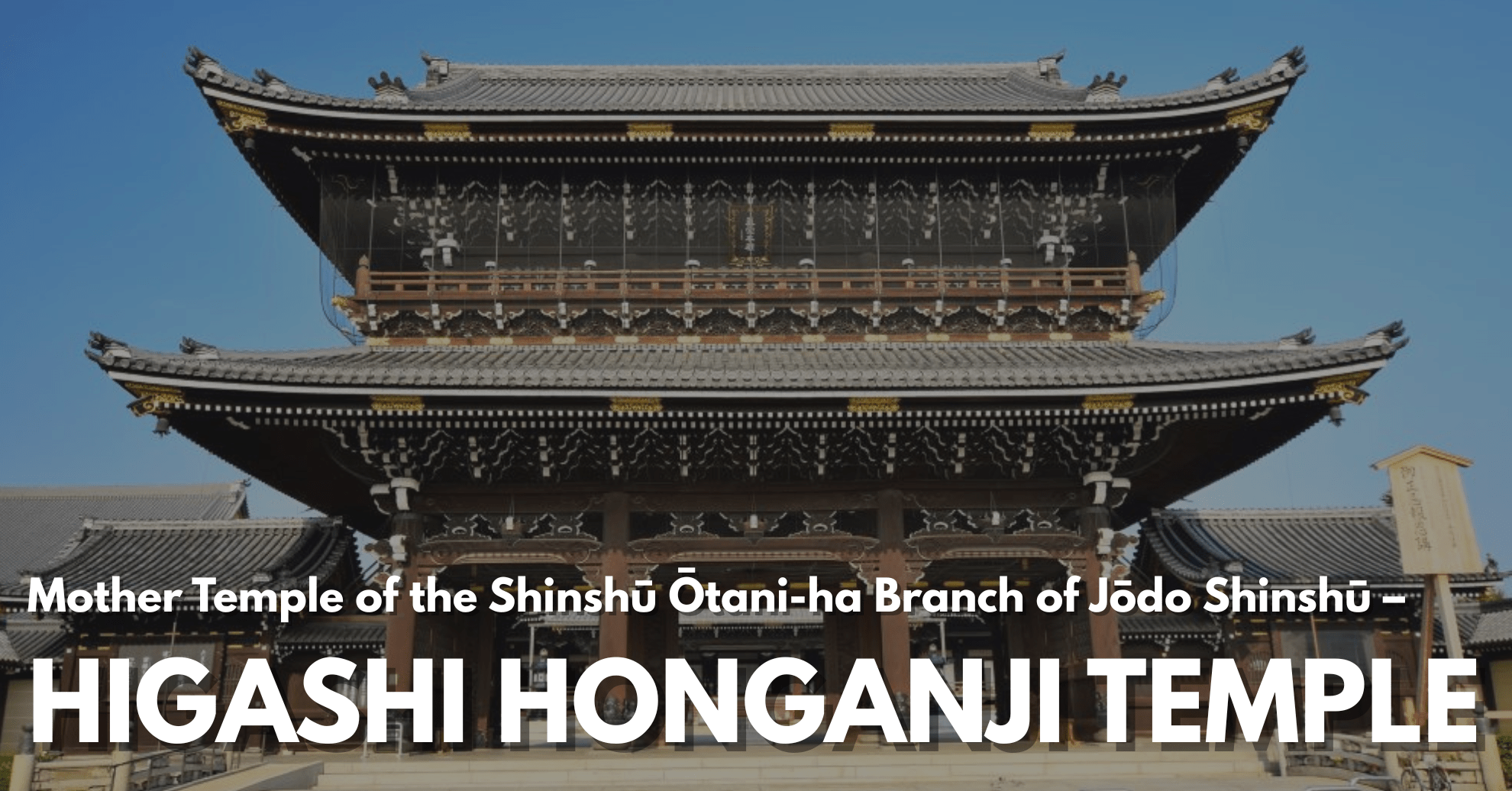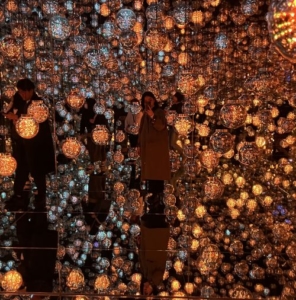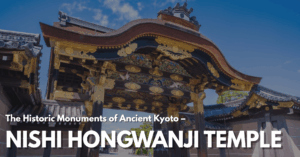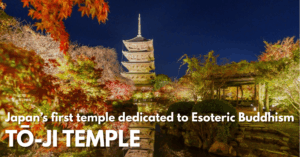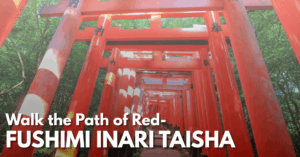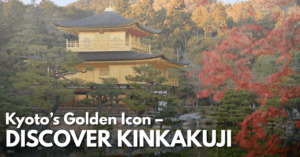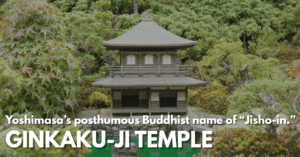Higashi Honganji Temple is one of Kyoto’s most prominent Buddhist temples. Located just a 5-minute walk from Kyoto Station, it’s a popular destination for both tourists and locals, who affectionately refer to it as “O-Higashi-san.”
In this article, we’ll introduce the highlights of Higashi Honganji, explain its connection with Nishi Honganji Temple, and share how to get there as well as nearby sightseeing spots.
We’ll also touch on why Higashi Honganji, a temple of the Jōdo Shinshū sect, does not offer omamori (amulets) or goshuin (temple stamps)—information you might find helpful before your visit.
What Is Higashi Honganji Temple?
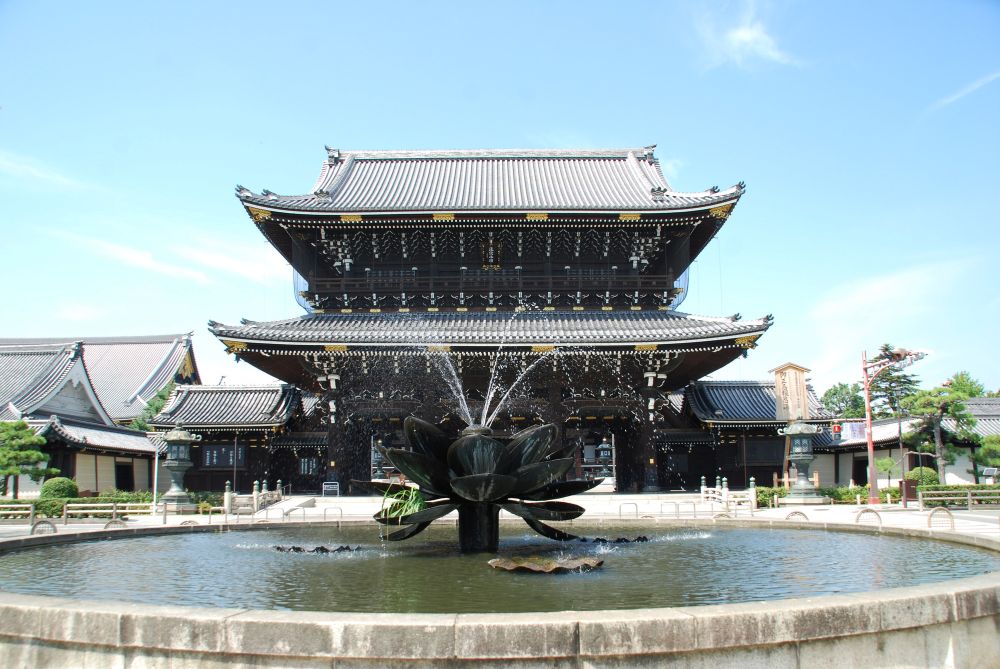
Higashi Honganji, officially known as Shinshū Honbyō, is a temple of the Jōdo Shinshū (True Pure Land) sect founded by Saint Shinran. The name “Honbyō” signifies a sacred structure dedicated to enshrining the image of its religious founder.
Saint Shinran spread the teachings of Hongan Nembutsu, which brought inner peace and stability to many.
Hongan refers to the vow made by Buddha to save all sentient beings.
Nembutsu means chanting “Namu Amida Butsu” (“I take refuge in Amida Buddha”), through which believers connect with Buddha.
In Jōdo Shinshū, it is believed that chanting “Namu Amida Butsu” brings salvation through the Buddha’s grace. This core belief resonates deeply with the Japanese spiritual mindset.
After Shinran’s death, a mausoleum housing his image was built, and this is how the Honganji temple was established.
However, during the Ishiyama War initiated by Oda Nobunaga, the temple was split into Higashi Honganji and Nishi Honganji.
Since the late Edo period, the two temples—though divided—have remained connected through the shared Jōdo Shinshū tradition. Today, locals call them affectionately as “O-Higashi-san” and “O-Nishi-san.”
Highlights of Higashi Honganji

Higashi Honganji is best known for:
・Goei-dō Gate, one of the largest wooden temple gates in the world.
・The plaque above the gate reading Shinshū Honbyō.
・The Goei-dō Hall, which enshrines a statue of Saint Shinran.
The temple’s tranquil atmosphere and solemn architecture evoke a profound spiritual presence—as if one were standing in the Pure Land.
Compared to Nishi Honganji, visitors may notice architectural and spiritual differences worth experiencing firsthand.
Recommended time for a visit: 1–2 hours
Why There Are No Amulets or Temple Stamps at Higashi Honganji
Jōdo Shinshū does not offer omamori (amulet) or goshuin (temple stamp), unlike many other temples.
This stems from its core belief that salvation is attained through chanting “Namu Amida Butsu,” not through physical items or rituals.
In other words, rather than relying on amulets or stamps as spiritual tools, followers are encouraged to reflect on the teachings and apply them to real life.
While this may feel disappointing for goshuin collectors, the philosophy behind it is thoughtful and meaningful.
A Hidden Gem for Cherry Blossoms and Autumn Foliage
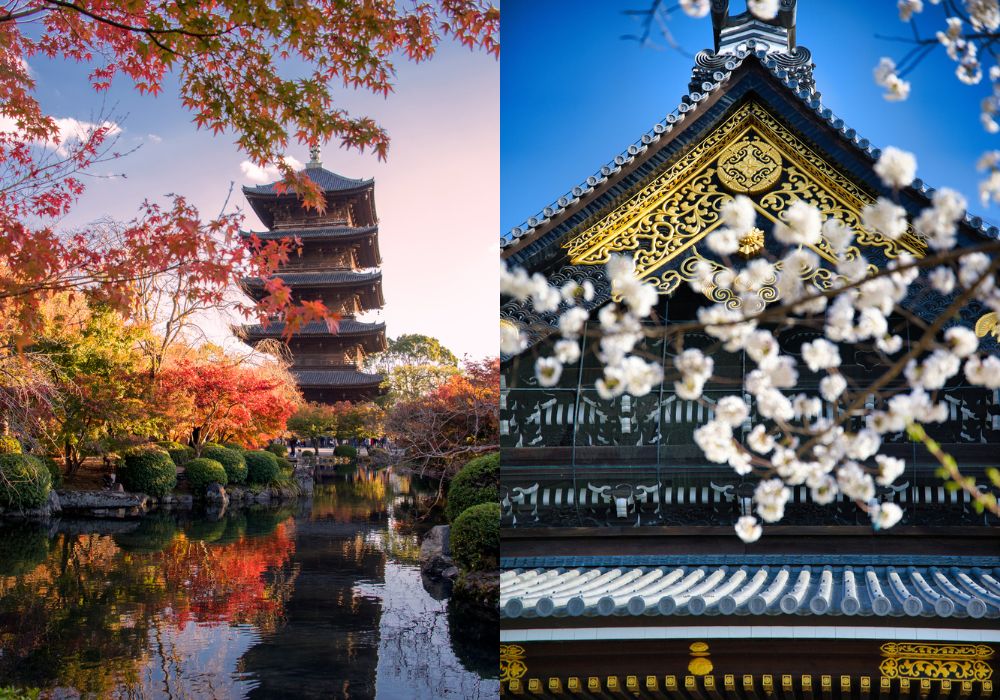
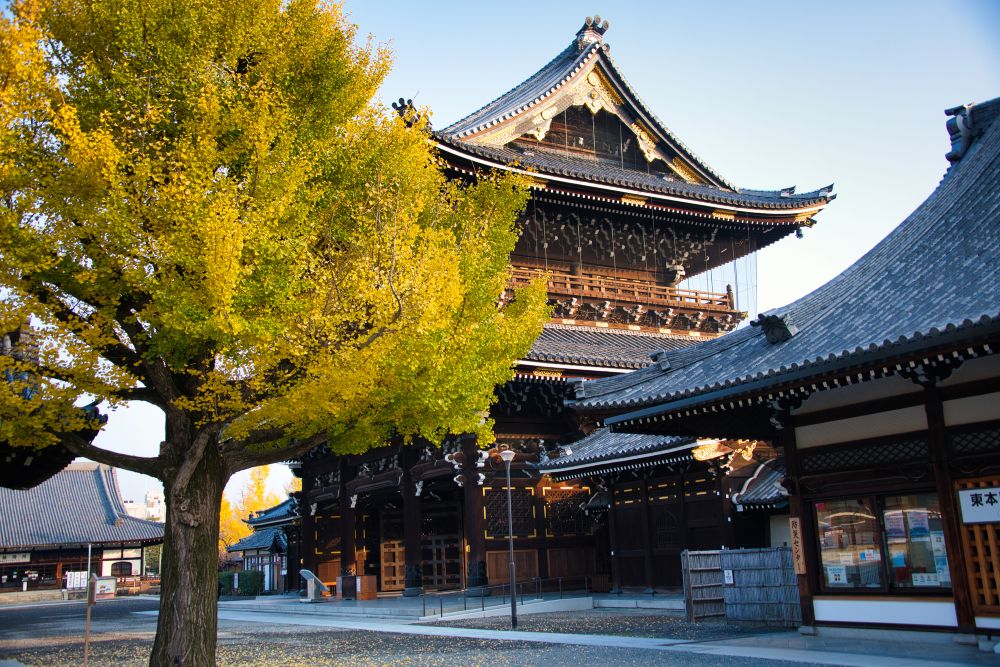
While many famous spots in Kyoto are known for their seasonal beauty, Higashi Honganji also offers stunning views of cherry blossoms in spring and colorful foliage in autumn.
You can enjoy the seasonal scenery especially in the Shōsei-en Garden, part of the temple’s grounds.
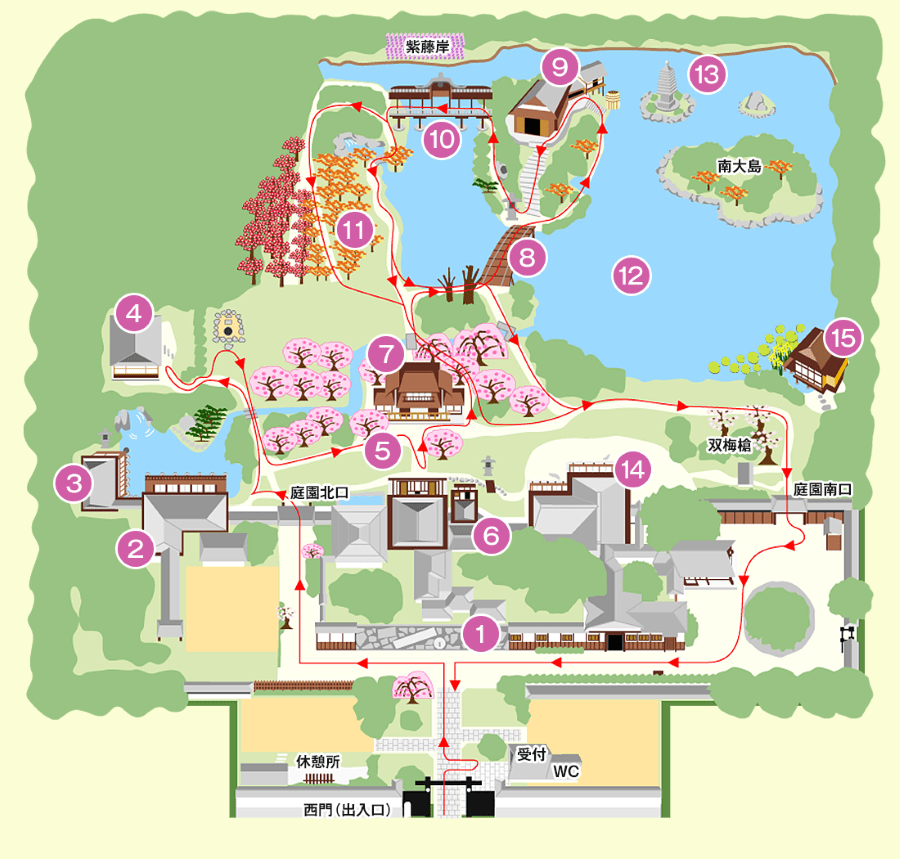

Access to Higashi Honganji
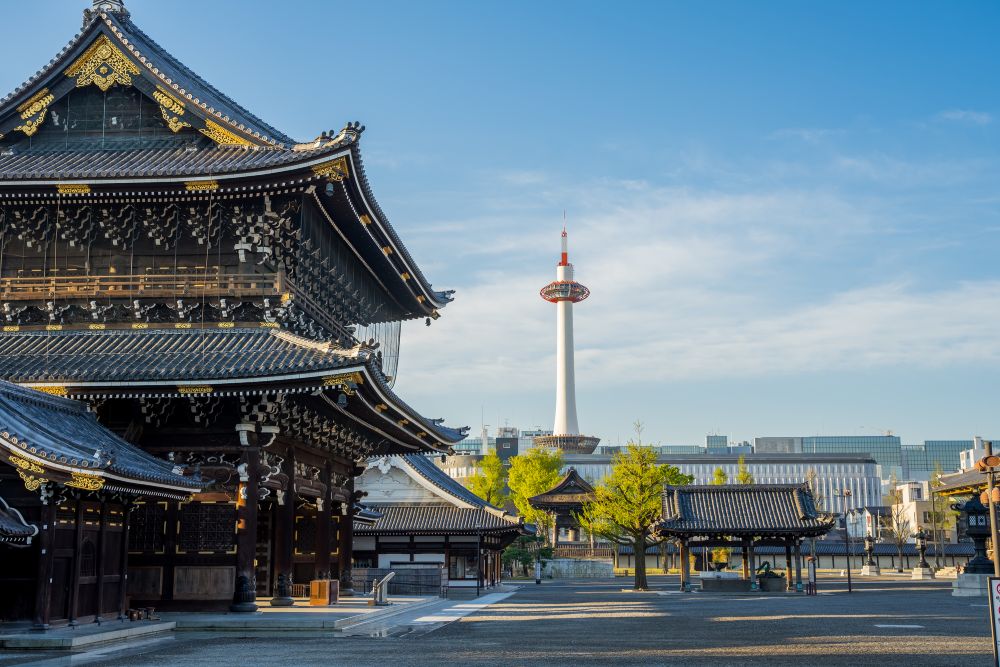
7 minutes on foot from JR Kyoto Station
Because of its convenient location, the temple tends to get crowded year-round. If you want to avoid the crowds, we strongly recommend visiting early in the morning.
The temple opens around 6:00 AM (depending on the season), and the peaceful atmosphere at sunrise adds a unique charm to the visit.
| Higashi Honganji Temple Information Address: Karasuma-dori, Shichijo-agaru, Shimogyo-ku, Kyoto Phone: 075-371-9181 Opening Hours: ・March–October: 5:50–17:30 ・November–February: 6:20–16:30 Website: https://www.higashihonganji.or.jp/ |
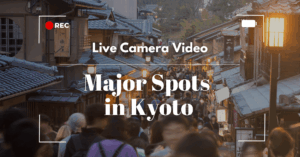
Attractions Near Higashi Honganji
